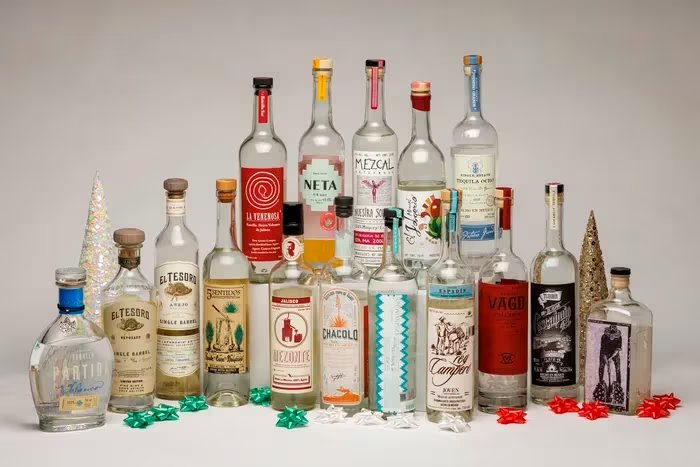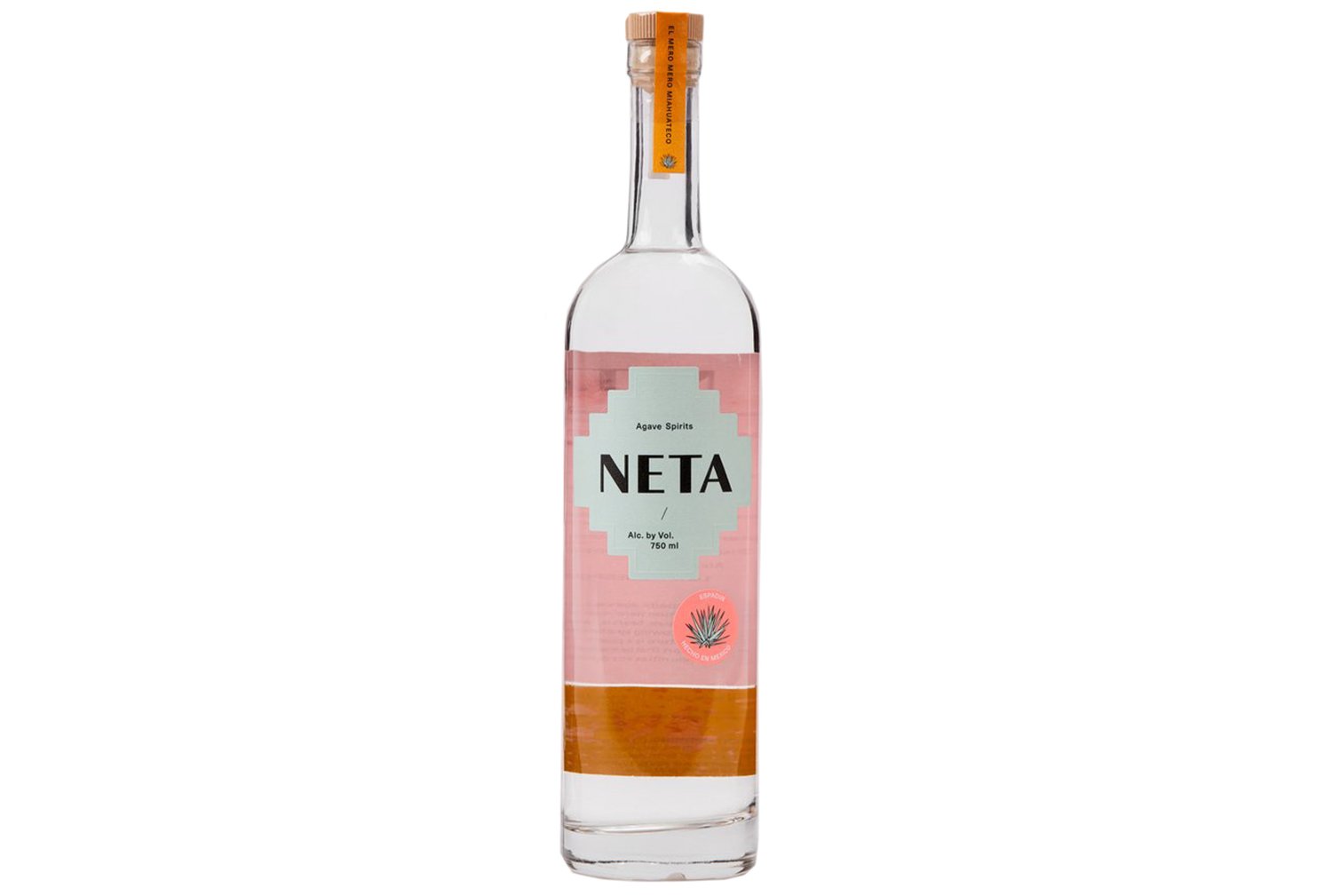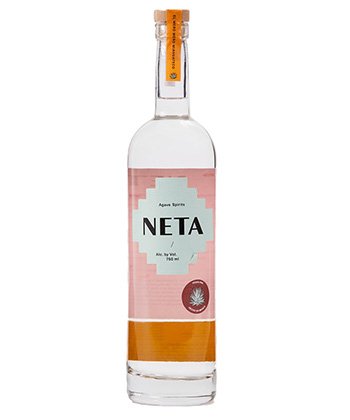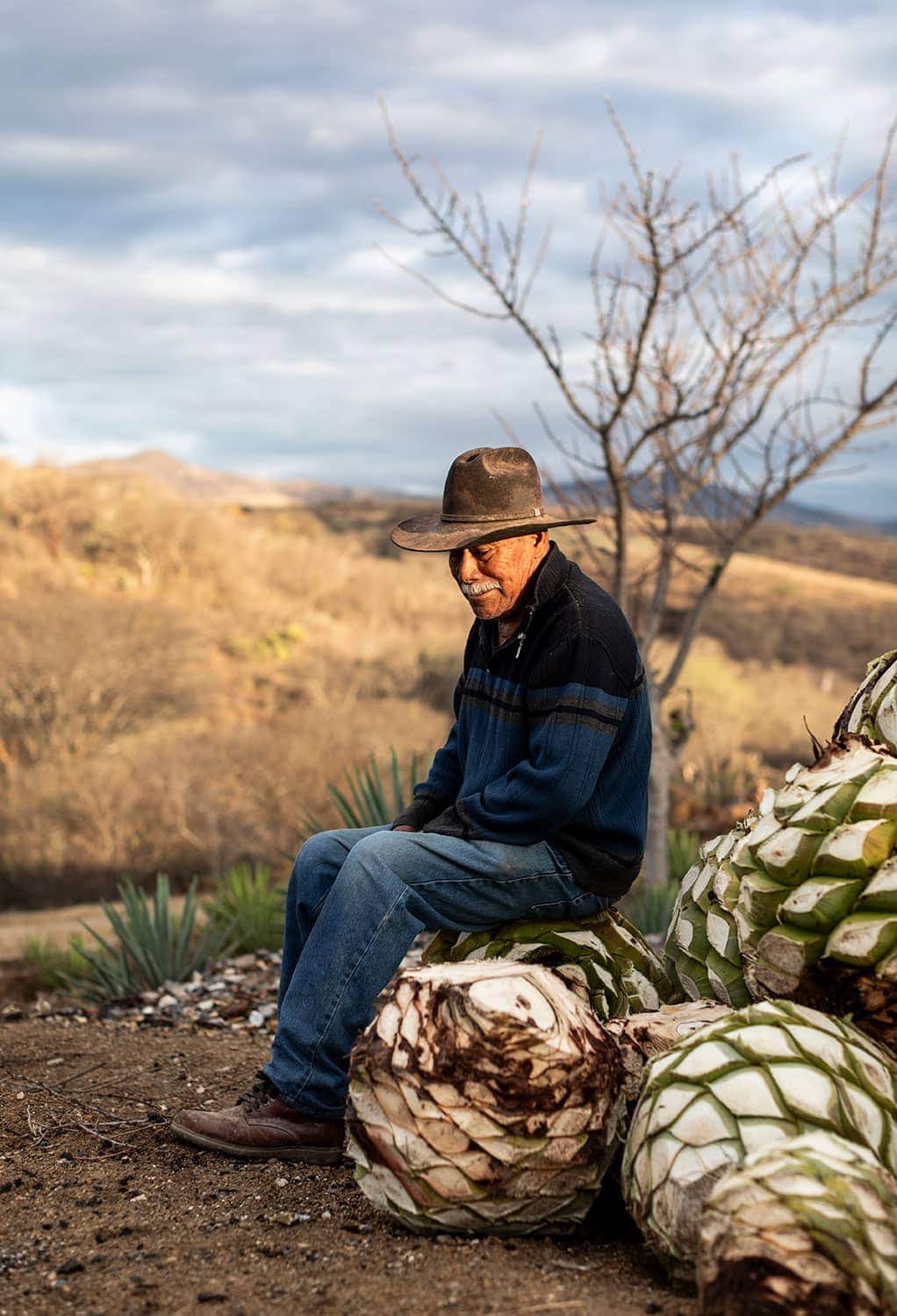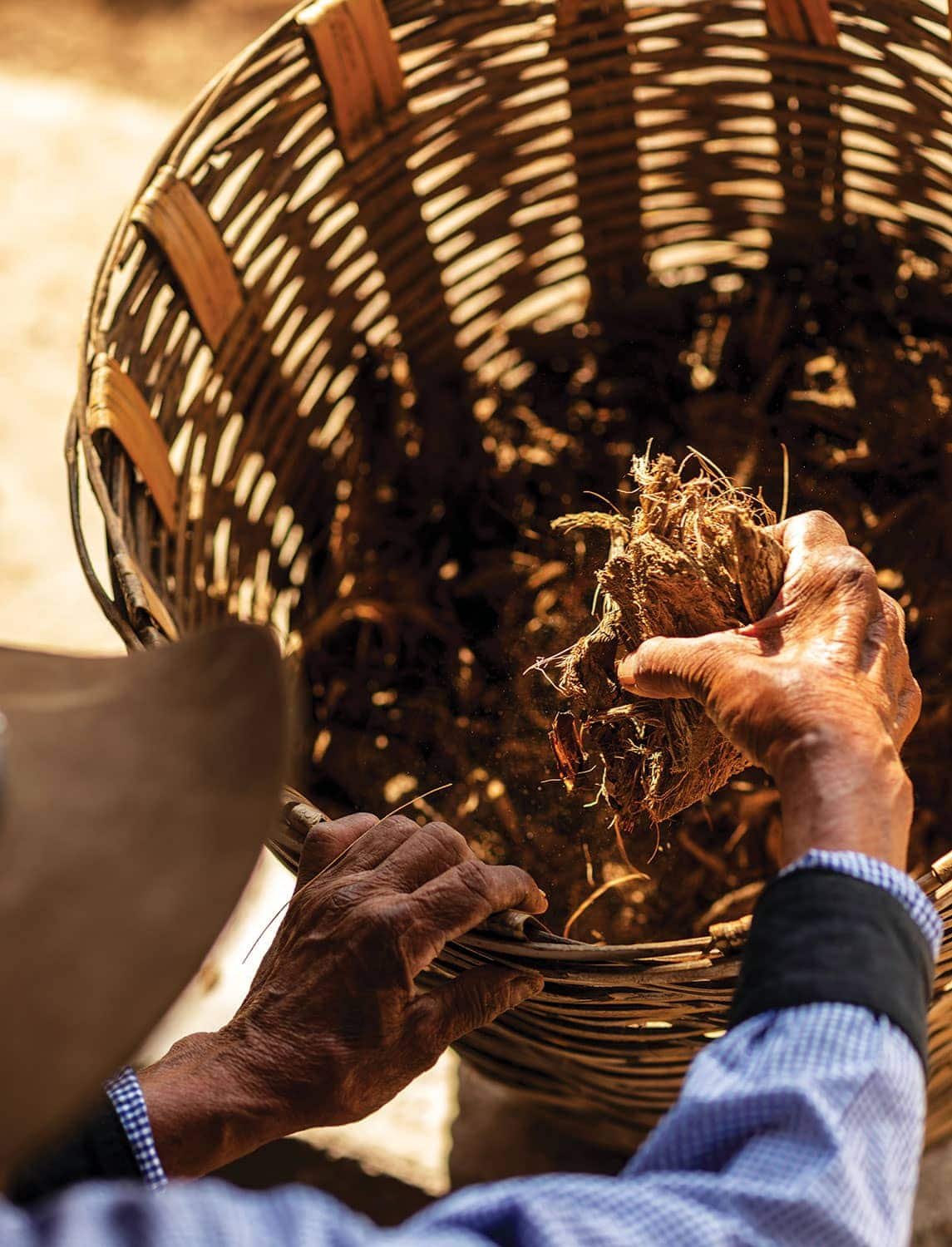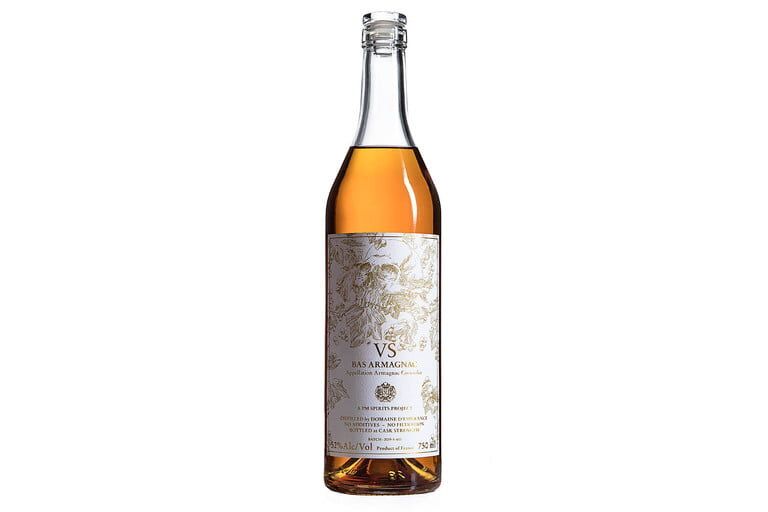Mezcal enthusiasts, of which there is a growing, occasionally dogmatic rank in the U.S., can reasonably argue that theirs is the ultimate spirit. Mezcal’s mid-aughts adoption in cocktail culture helped breathe new life into familiar cocktails via simple riffs, and gifted drinkers with more than a handful of beloved modern classics.
While those drinks rely on larger brands placed for that very use (like Del Maguey in the Naked & Famous), the category is overwhelmingly made up of small to tiny-scale producers. These artisans employ hands-on, traditional techniques, harnessing the diversity of seemingly endless species of agave to provide stunningly complex sipping spirits.
With much to geek out on, VinePair’s guide to the different types of mezcal, and the different varieties used in production, offers a comprehensive primer. But we’re here to explore brands, expressions, and the best bottles available right now on the U.S. market.
To compile this list, we tasted more than 60 samples submitted to VinePair (gratis) by producers, importers, distributors, and PR firms working on their behalf. Each was tasted non-blind, allowing us to factor price into our conclusion, and ultimately determine whether the bottle was worthy of inclusion on this list — the aim of which is not just to highlight the crème de la crème, but the best offerings across a wide range of price points.
NETA Tequilana Capón
NETA, Tequilana Capón – Wilfrido García Sánchez
Prior to the pandemic, the Tequilana agave (Blue Weber) grown by producer Wilfrido García Sánchez’s uncle Lalo made its way to Jalisco, where it was used to make unidentified tequilas. When those commercial relationships broke down because of shutdowns, Wilfrido and brother Ramón started crafting their uncle’s agave into fine, small-batch sipping spirits. One such example, this is a beautifully expressive release that begins citrusy, fruity, and mineral-rich, with an almost ghee-like quality lingering beneath. The palate is similarly bright and intense, with a finish that lasts an age.
Average price: $190
Rating: 96
Cinco Sentidos Cuishe
Cinco Sentidos, Cuishe – TÍO TELLO & EDUARDO “LALO” PEREZ CORTÉS
Technically sold as an uncertified agave spirit, this mezcal is produced from wild-harvested Cuishe that’s roasted with mesquite firewood and hand-chopped and mashed prior to fermentation. Its profile is lithe and clean, serving bountiful helpings of pineapple, jalapeño, and mineral notes. Smoke is an afterthought, and one that adds just a touch of savory character to the palate and finish, elevating the sipping experience to the next level.
Average price: $125
Rating: 94




